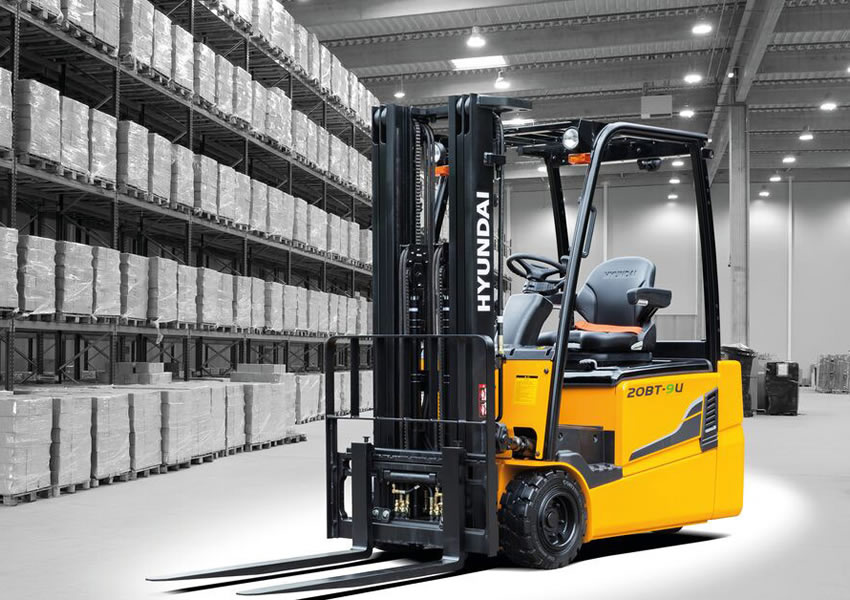Don’t let clogged sewers wreak havoc on your home
Backed up sewers can cause thousands of dollars in damage to floors, electrical systems, walls, furniture and other belongings. Learn about causes of sewer backups, what you as a homeowner are responsible for maintaining and steps you can take to protect your home against sewer problems
Homeowners’ responsibility for sewer maintenance
Most homeowners may not realize that they are responsible for the maintenance and repair of their house or sewer lateral—that is, the pipeline between the city sanitary sewer main (which is usually located in the street) and the building.
The sewer lateral is owned and maintained by the property owner and the homeowners responsibility includes any part of the lateral that extends into the street or public right of way. A cracked or deteriorated lateral or one filled with tree roots can allow groundwater to seep into the system, contributing to the problem.
For homeowners who want to insure themselves against sewer backups, coverage is available from most providers for a nominal cost.
Causes of sewer backups
While most basement water problems are not caused by sewer backups, the Civil Engineering Research Foundation reports that the number of backed up sewers is increasing at an alarming rate of about 3 percent annually. There are a number of causes of sewer backups—here are some of the most common.
- Aging sewer systems ‒ The American Society of Civil Engineers indicates that the nation’s 500,000-plus miles of sewer lines are on average over thirty years old. The increase in the number of homes connected to already aging sewage systems has also contributed to rapid increases in sanitary sewer backups, flooded basements and overflows.
- Combined pipelines ‒ Problems arise in systems that combine storm water and raw sewage into the same pipeline. During many rain storms, the systems are exposed to more volume than they can handle, and the result is a sewage backup situation that allows sewage to spew out into basements and other low lying drains.
- Tree roots ‒ Seeking moisture, small roots of trees and shrubs make their way into sewer line cracks and service pipe joints, and can cause extensive damage or blockages as they grow larger. The cost of the clean-up will fall to the problem tree’s owner. When the issue is a result of a combination of city and private trees, the costs are sometimes split between the city and the property owner.
- Sanitary main blockages ‒ A blockage can occur in a city sanitary main. If the blockage is not detected in time, sewage from the main can back up into homes and businesses through floor drains. Usually this happens slowly and there are early indications of a problem. If you see seepage at the floor drains, call a licensed plumber to assess the situation and the damage. If water is entering into your basement at a rapid rate, call the city public works office and report the problem immediately.
How to prevent backups in your sewer lateral and in the city main
- Properly dispose of grease. Cooking oil should be poured into a heat-resistant container and disposed of properly after it cools off, not in the drain. Washing grease down the drain with hot water is unsatisfactory. As the grease cools off, it will solidify either in the drain, the property owner’s line, or in the main sewer causing the line to constrict and eventually clog.
- Properly dispose of paper products. Paper towels, disposable (and cloth) diapers, hygienic wipes and feminine products do not deteriorate quickly and can cause a great deal of trouble in the property owner’s lateral as well as in the city main.
- Periodically cut tree roots. If you have continuing problems with tree roots in your lateral, you may have to regularly have the roots cut by a professional.
- Replace your line with new plastic pipe. Plastic pipe will prevent tree roots from entering your line is to replace your line and tap with new plastic pipe.
- Correct illegal plumbing connections. Do not connect French drains, sump pumps and other flood control systems to your sanitary sewer. It is illegal to do so, and debris and silt will clog your line. Consult a plumber to correct any pre-existing illegal connections.
- Install a backwater prevention valve, which is a fixture installed into a sewer line (and sometimes into a drain line) in the basement of your home or business to prevent sewer backflows. A properly installed and maintained backwater valve allows sewage to go out, but not to come back in. Be sure to use a qualified plumber.
What to do if you experience a sewer backup
A sewer backup can lead to disease, destruction of your valuables, damage to your house or business, and can even result in electrical malfunctions. Prompt cleanup of affected property can help minimize the inconvenience and prevent mold or further damage. If you experience a sewer backup situation, immediately arrange for the cleanup of your property. This should include:
- Wet-vacuuming or removal of spillage
- Mopping floors and wiping walls with soap and disinfectant
- Flushing out and disinfecting plumbing fixtures
- Steam cleaning or removing wet carpets or drapes
- Repairing or removing damaged wallboard or wall covering
- Cleanup of ductwork
To facilitate a sewer backup claim, take “before” photos of your basement (or any area likely to be affected) and create a home inventory. If you have an incident, be sure to take “after” photos of the affected areas and itemize any property losses. Save all receipts related to repair, cleaning or damages and contact your insurance professional as soon as possible.






